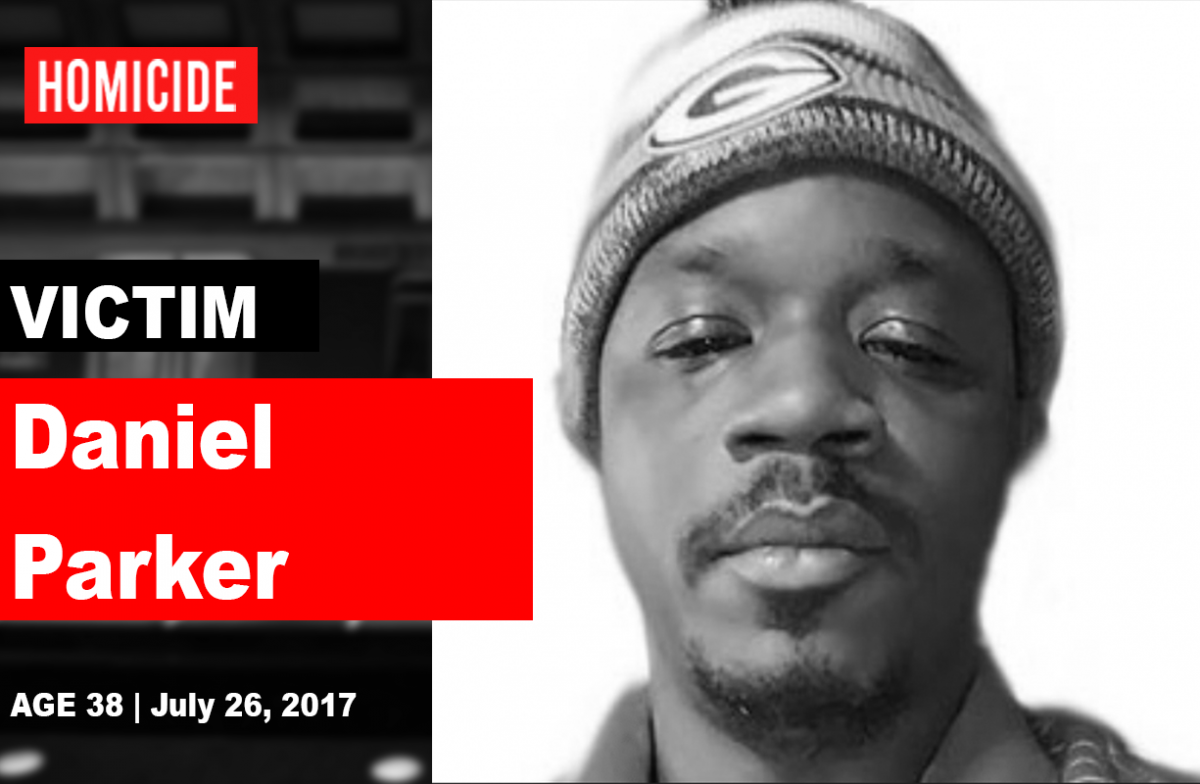
Thank you for reading D.C. Witness. Help us continue our mission into 2024.
Donate NowBy
Larissa Atkins [former]
- November 30, 2021
Court
|
Daily Stories
|
Homicides
|
Shooting
|
Suspects
|
Victims
|
Editors Note: The defendant in this case has since been acquitted on all counts.
A murder trial continued on Nov. 29 with prosecutors calling on several witnesses with backgrounds in forensics and law enforcement to testify.
Dewayne Shorter is charged with first-degree murder while armed for allegedly shooting 38-year-old Daniel Parker on July 26, 2017, on the 2000 block of Fairlawn Avenue, SE. Shorter, 33, is also charged with assault with intent to kill while armed, possession of a firearm during a crime of violence and unlawful possession of a firearm while armed during a crime of violence.
The first witness to take the stand was a formerly special police officer (SPO) who worked at an apartment complex near the shooting. He is now a corrections officer. He said that on the day of the homicide, he was patrolling on foot with his partner when they noticed a teenage girl in an alleyway. The officer and his partner went to check on the girl when they were approached by a young man, who they identified as Shorter.
The officer said he and Shorter engaged in a brief verbal altercation, during which Shorter mentioned ammunition belonging to an AR-15. The officer also said Shorter said he had an extended clip.
The officer told the prosecutor he did not know Shorter but saw him nearly every day. He could recognize him by his distinct walk, where he favored his left leg.
Defense attorney Jon Norris asked the witness about his knowledge of firearms and ammunition. The officer responded, saying his knowledge is based on his training.
The second witness, a forensic firearms examiner, was asked by the prosecutor about the difference between a rapid-fire pistol and an assault rifle. The firearms examiner said an assault rifle is usually meant to be shot from the shoulder, and the placement of the bullets in the gun is different from a rapid-fire pistol. He also said the barrels of the gun are different.
The firearms examiner presented a casing from the shooting, but said it was too damaged for him to tell what gun it came from. He also confirmed that one of the guns from the shooting was a Smith & Wesson assault rifle.
The third witness called to testify was an MPD homicide detective. He said he received an assignment to interview a gunshot victim, who was Shorter. The detective said Shorter was uncooperative and told the officer he didn’t “f*** with the police”.
The fourth witness was another MPD homicide detective assigned as the lead detective on the case. The detective confirmed he had spoken with one of the witnesses before the grand jury and that he was one of the officers who arrested Shorter.
The detective was asked if he showed the witness a photo of the defendant featuring him in a black top and blue jeans standing in front of a car when talking to them. The detective said he did not, but he did show the SPO.
The prosecution asked the detective if he recovered the phone from Parker and possibly got the photo of the defendant from his phone. The detective said he did not remember.
The fifth witness was a chief medical examiner who DC Superior Court Judge Marisa Demeo recognized him as an expert in the field of pathology based on his expertise.
The medical examiner said Parker’s body sustained multiple injuries from gunshot wounds which resulted in his death. The prosecutor showed the medical exam report for Parker. The medical examiner identified the first gunshot wound as entering on Parker’s right cheek area and exiting from the back of his head.
Parker was shot a total of 32 times.
The examiner said it was important to differentiate between entrance and exit wounds.
He identified the rest of the entrance and exit wounds on the body. He said a gunshot shattered Parker’s femur, the upper part of the leg, which means he was not able to walk or run away. He said he believes Parker was shot with a high-caliber weapon because the wounds were of varying shapes and sizes, and high-caliber weapons fragments, which causes the different shapes of the wounds.The prosecutor showed a digital X-ray of Parker’s body and the examiner indicated where bullets were embedded in Parker’s body.
Norris questioned the examiner and asked if Parker’s toxicology showed his alcohol level was over the legal limit, and the examiner said yes. Norris asked if Parker was actually shot in his left leg, not the right leg as the report stated, and the examiner said yes.
Judge Demeo scheduled for the trial to continue on Nov. 30.
Follow this case